Johan Jakobsson
Lead PI (Core Leadership)
Lund University
Johan Jakobsson is a Professor in the Department of Experimental Medical Sciences at Lund University, Sweden and the Director of the Lund Stem Cell Center. He studied gene therapy in the brain as a graduate student in Lund and performed his postdoctoral work with Didier Trono at EPFL focusing on transposable elements.
Recent ASAP Preprints & Published Papers
A molecular atlas of cell-type specific signatures in the parkinsonian striatum
Activation of transposable elements is linked to a region- and cell-type-specific interferon response in Parkinson’s disease





